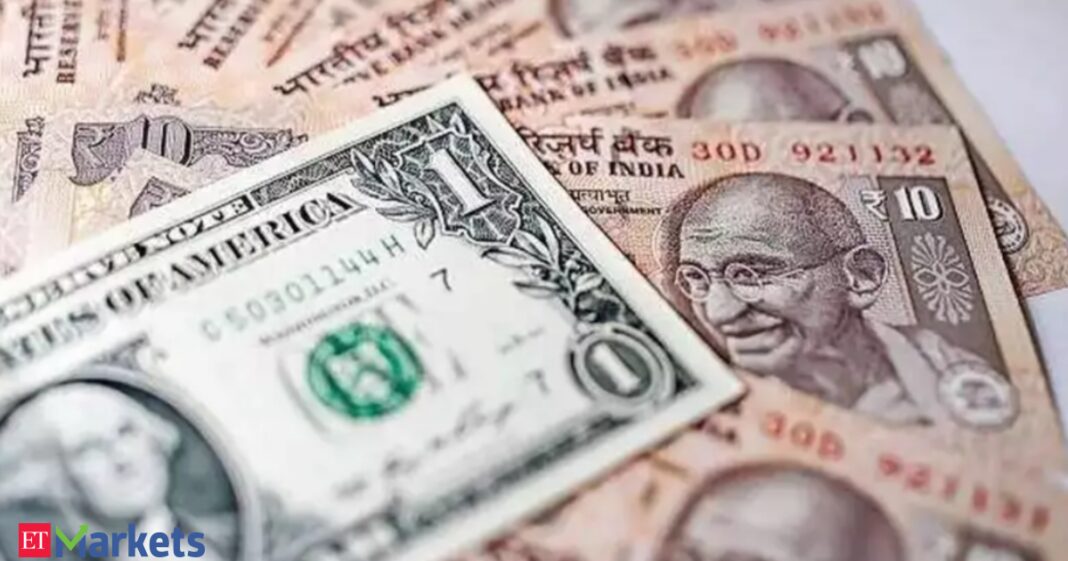The rupee ended at 86.6950 to the U.S. dollar, compared with its close of 86.7125 on Friday.
The Indian currency had opened higher at 86.56 and had hit 86.51 in early trades.
“There was good dollar buying from state-run banks, on behalf of oil companies, which may have wanted to take advantage of the rupee edging closer to 86.50,” said a trader with a private bank.
The likely outflows from Indian equities also contributed to the rupee’s woes, the trader said.
Foreign investors have sold $2.72 billion worth of shares in India so far in February. Indian stocks ended lower on Monday, pressured by concerns over slowing growth in the United States. Data released on Friday showed that U.S. business activity tumbled in February, indicating businesses and consumers were becoming increasingly rattled by the policies of U.S. President Donald Trump‘s administration.
The 10-year U.S. yield declined about 8 basis points on Friday, while U.S. equities plunged.
The dollar index dropped to 106.13, the lowest since mid-December, in Asia trading on Monday, which lifted most Asian currencies.
Meanwhile, dollar/rupee forward premiums dropped on the back of the Reserve Bank of India’s late Friday announcement of a $10 billion FX swap.
The implied yield on the 1-year USD/INR premium dropped to a near three-month low of 1.98% on the day.
The one-year USD/INR premium also dropped below 2% for the first time since early December.
“We think that premiums can move higher in the medium-term, albeit after some consolidation at current levels,” said Anshul Chandak, head of treasury at RBL Bank.
“If more swap auctions are announced, they can put pressure on forward points.”




